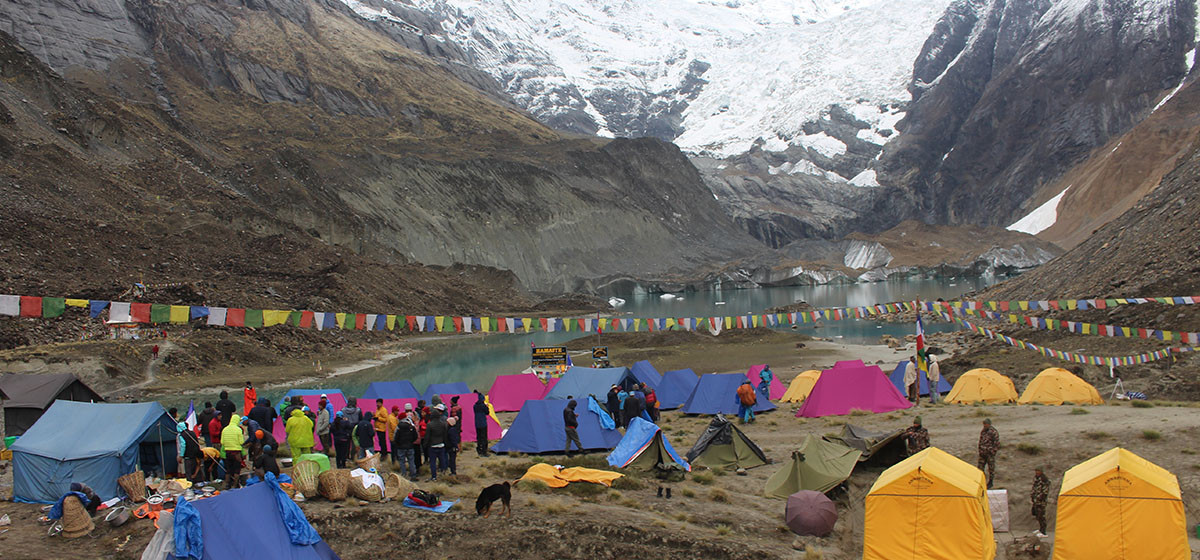GANDAKI, Aug 6: Eighteen tourists lost their lives due to altitude sickness in various destinations within the Annapurna Conservation Area during the last Fiscal Year (FY) 2024/25, according to the Annapurna Conservation Area Project (ACAP). The deceased included eight Indian nationals, along with one each from the United States, Germany, Korea, and Switzerland, as well as six Nepali citizens.
ACAP Chief Dr Rabin Koirala said that four other tourists died last year after falling or suffering other trekking-related accidents. He said most cases of altitude sickness occurred in the upper regions of Mustang and Manang.
In FY 2023/24, 20 tourists died from altitude sickness in the Annapurna region. Dr Koirala noted that while some victims were rescued by helicopter, altitude sickness remains a growing concern—particularly among Indian tourists traveling by road to visit Muktinath.
"When traveling in mountainous or high-altitude areas, one should not ascend rapidly. It’s crucial to take breaks and gradually adjust," Dr Koirala said, "If symptoms of altitude sickness appear, it's important to immediately descend to a lower altitude."
21 tourists die from altitude sickness in Annapurna region in a...

ACAP began maintaining data on altitude sickness cases two years ago. Fatal accidents from falls during trekking continue to be reported annually. In 2023/24, tourists from Sweden and Germany died while trekking in Kaski, and an American tourist died in Manang under similar circumstances.
Dr Koirala advised trekkers not to travel alone and to always be accompanied by a group or a guide. "It is safer to go through a registered trekking agency," he said.
Tourist guide Gurung also reported that many Indian visitors suffer from altitude sickness after reaching Muktinath by vehicle without acclimatizing. “Sudden ascents from lower to higher altitudes without rest lead to altitude sickness,” he said, noting that this is common among those visiting Muktinath in Mustang and Tilicho Lake in Manang.
Even Nepali tourists traveling from Kathmandu Valley or the Tarai plains to high-altitude destinations like Tilicho Lake have been affected, Gurung added. He emphasized that adjusting to local climate conditions and resting adequately are key preventive measures.
He recommends that trekkers avoid gaining more than 500 meters of elevation per day. "Physical and mental fitness are essential for trekking," Gurung said, "If the destination is remote and unfamiliar, solo trekking is not advisable."
The Annapurna region, world-renowned for trekking tourism, welcomed 278,113 foreign tourists last fiscal year. Popular destinations include the Annapurna Circuit, Annapurna Base Camp, Mardi Himal, Sikles, Lwang, Ghandruk, Tilicho Lake, Thorong La Pass, Upper Mustang, Muktinath, Ghorepani, and Poon Hill.
The Annapurna Conservation Area spans 7,600 square kilometers and covers 87 wards across 15 local units in Kaski, Lamjung, Manang, Myagdi, and Mustang districts.









-1200x560_20240408151639.jpg)


























